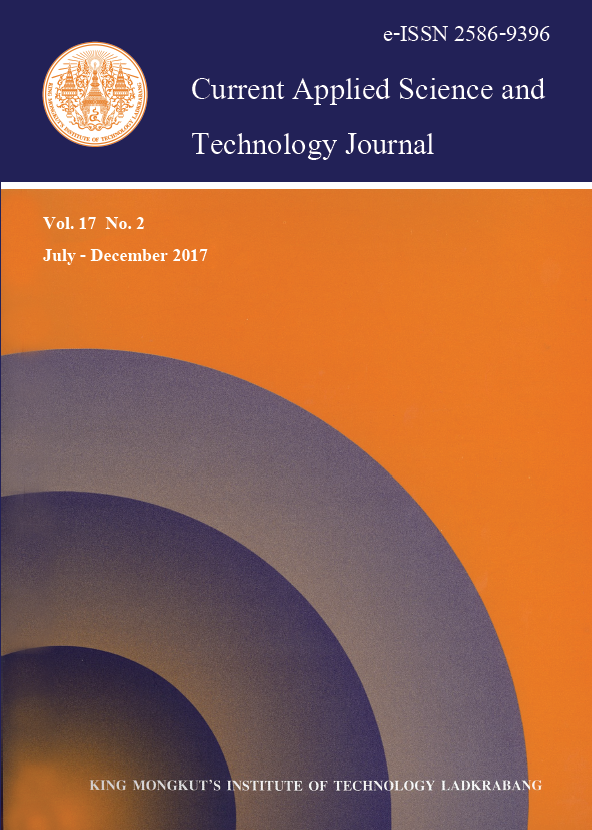Glucosamine prepared from crustacean wastes is widely used for inflammatory bowel disease and osteoarthritis (OA) treatment. In the present study, glucosamine prepared from blue swimming crab shells (Portunus pelagicus), a by-product from crab processing, was added into red jasmine brown rice gruel to be a new food item for elderly. Effects of different sterilization times and physicochemical properties of canned gruel prepared from red jasmine brown rice incorporated with glucosamine were studied. Canned gruels, in presence of D-glucosamine (1.13% w/v or 1,500 mg/can (307x113 cm)) were sterilized at 121ºC for different sterilization times (0, 5, 10, 20, 30, 40, 60, 90 and 120 min). The results showed that glucosamine was reduced by 33.7% during sterilization for 10 min. Glucosamine content was then gradually decreased after 30 min of sterilization. A pH value of canned gruel was decreased from 5.84±0.03 to 3.81±0.01 with increasing time of sterilization (p<0.05). Nevertheless, the increasing in turbidity and lowering L* a* and b* of canned gruel were detected as longer time of sterilization. The highest viscosity of gruel milk was found at 40 min of sterilization (12.75±0.41 cps) (p<0.05). Thereafter, a slight decrease in viscosity was noticeable. With increasing sterilization times, lower hardness and greater stickiness of canned gruel were obtained. These results suggest that canned gruel prepared from red jasmine brown rice supplemented with glucosamine can be applied as new food product for elderly or health concerning consumers, particularly for bone and joint problems.
Kraisangsri, J. ., & Nalinanon*, S. . (2018). Effects of Sterilization Times on Physicochemical Properties of Canned Gruel Produced from Red Jasmine Brown Rice Fortified with D-glucosamine. CURRENT APPLIED SCIENCE AND TECHNOLOGY, 200-208.

https://cast.kmitl.ac.th/articles/128512